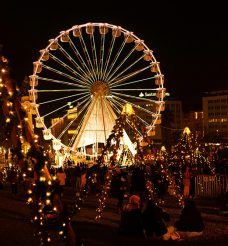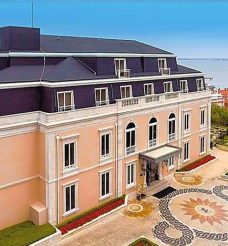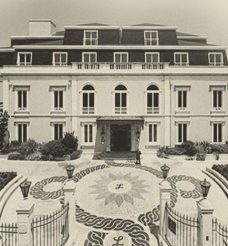
There are several legends about the origins of tea. One of them tells that, five thousand years ago in China, Emperor Shen Nung, concerned about epidemics, ordered that all water be boiled before consumption. While traveling with his court through a distant region of his empire, he ordered his entourage to stop and rest. The servants began boiling water to make it drinkable when some leaves from nearby bushes were blown by the wind and fell into the boiling pot; gradually, the water took on a brownish color. When the Emperor tasted this strange infusion, he was surprised by its pleasant flavor. From that moment on, he became a tea enthusiast, followed by his people – and thus the first cup of tea was born. The plant was Camellia sinensis.
It is also said that this legendary Emperor was the one who initiated natural medicine and herbalism, as well as introducing agriculture to the country. In his Treatise on Food, he wrote:
“Tea gives vigor to the body, contentment to the spirit, and strength of will, when taken over the long term.”

Tea would only arrive in Europe in the 16th century, thanks to the Portuguese, particularly the Jesuit missionaries who traveled aboard Portuguese ships along the maritime routes of the East.
It quickly became a popular beverage, especially among the wealthy classes in France and the Netherlands. In England, tea was widely promoted by Catherine of Braganza, the Portuguese princess who married King Charles II of England. Tea consumption grew from the late 17th century onward, enjoyed at any time of the day until the early 19th century, when the tradition of afternoon tea (“five o’clock tea”) was established in London by the seventh Duchess of Bedford.

AFTERNOON TEA AT LAPA PALACE
At the Rio Tejo Bar in the Olissippo Lapa Palace, between 3:45 p.m. and 6:30 p.m., you can enjoy the Tea Menu, featuring the 30 finest teas in the world, sourced from countries such as India, China, Vietnam, and Japan.
All our teas are prepared with bottled water.
To release their full aroma, each tea has its own ideal infusion time. To respect this, the teapot is only served after the infusion is complete.







